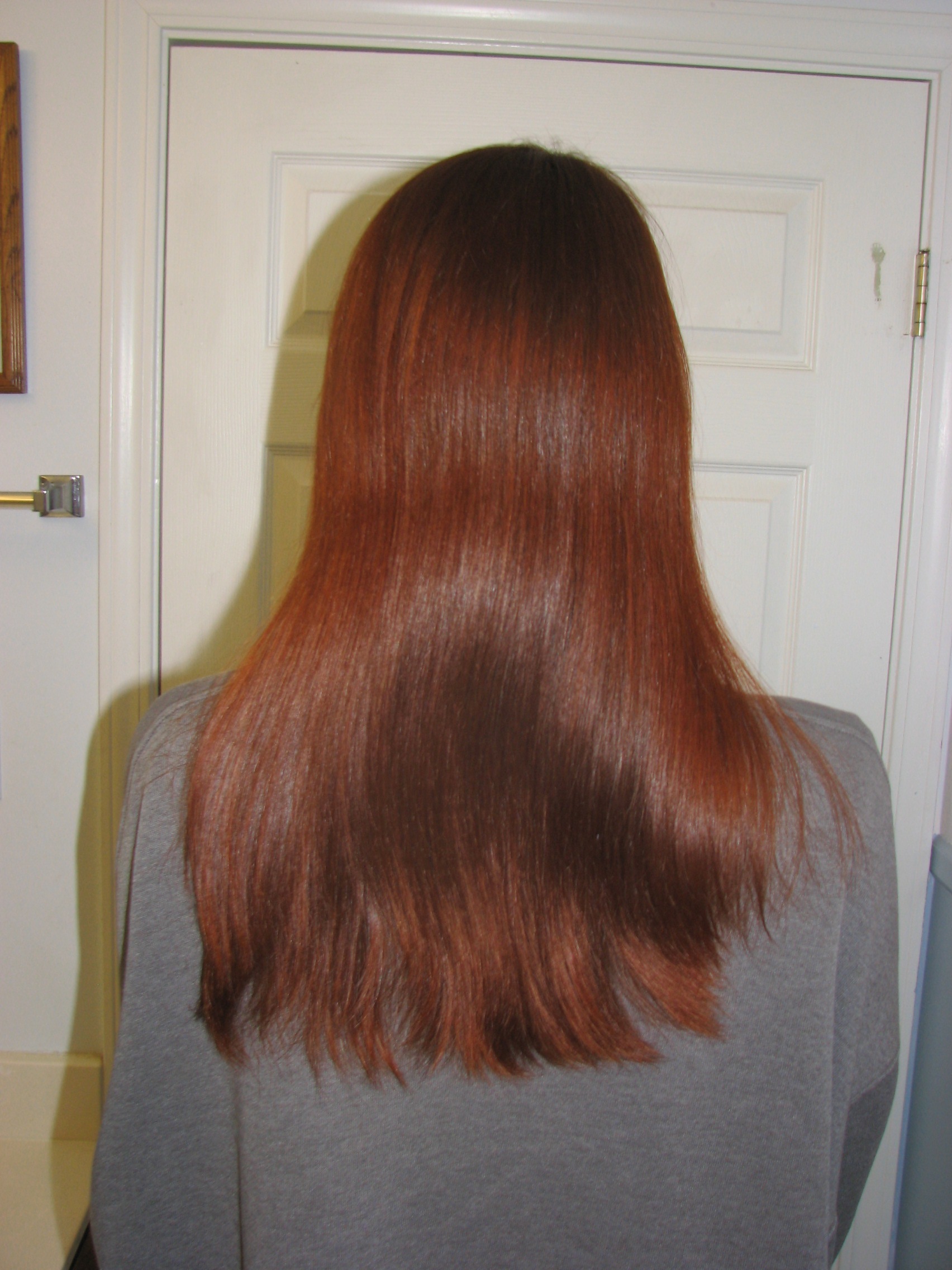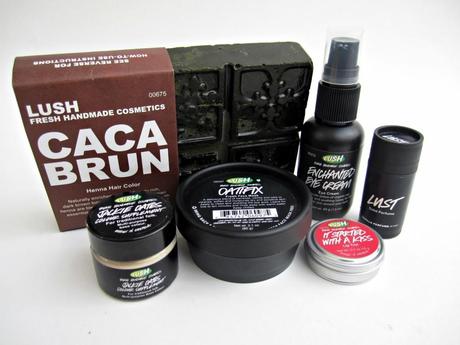Henna Hair Benefits Definition
source(google.com.pk)
Home / Beauty / Henna: Herbal home remedy for beautiful hair
Henna: Herbal home remedy for beautiful hair
1
Kriti Saraswat, Mar 18, 2013 at 6:32 PM
Tags: Dandruff, Fenugreek, Greying hair, Hair care, Hair fall, Hair loss, Hair packs, healthy hair, Henna, Henna benefits, Herbal remedy, Home remedies, Home remedy, Musturd oil, Shine
hennaHenna is one of the most beneficial herbs and can do wonders for your hair. It has cooling properties and when applied to the scalp can soothe and cleanse it. Here are some more benefits of henna.
Henna is an excellent conditioner for your hair. It not only adds shine and volume to it, but also shields it from further damage by forming a coating on it.
Henna helps restore the natural acid-alkaline balance on your scalp and cleanses it of dirt without altering the natural balance unlike chemical-based products.
Also read: Multani mitti: Herbal home remedy for flawless skin
It promotes hair growth, reduces hair fall, dandruff and other scalp problems. You can even use it for colouring your hair as it does not have any side effects and gives a deep colour with a reddish tinge.
Henna also prevents your hair from greying and thinning making them healthy and lustrous.
Apart from various hair benefits, henna also helps cure acne, boils and warts. If you have a burn injury, mix some henna powder with water and apply it on the affected areas for instant relief. It not only heals the wound, it also prevents infection and bacterial growth.
Henna hair packs
If you have dandruff
Take some fenugreek seeds (methi – about one tsp) and soak them overnight in water. Now grind them. Take some mustard oil and heat it with a few leaves of henna in it. After cooling the oil, strain it to get rid of coarse particles. Now add the ground methi paste in the oil and apply it on your scalp. Leave it for a good 30 minutes before washing your hair. Use weekly once for good results.
If you suffer from hair fall
Use mustard oil mixed with henna leaves but add one tsp of lemon juice or fresh yoghurt to it instead of methi. Massage this oil on your scalp. Leave it for 30 minutes and then wash your hair.
If you want to condition your hair
Soak henna powder overnight in freshly brewed black or green tea. Add a hint of essential oil or a beaten egg before you apply the mixture to your hair. Keep it for an hour before you wash it off. This will add volume to your locks, improve the texture and add shine to them.
Also read: DIY tips for acne-free skin
Henna is one useful herbal remedy when it comes to hair problems. So make complete use of it instead of buying expensive chemical products. It is easily available in India at grocery stores and supermarkets. Always buy the freshest available henna powder and store the leftover powder in the freezer. The colour of the powder varies but it is usually greenish in colour.
Home / Beauty / Henna: Herbal home remedy for beautiful hair
Henna: Herbal home remedy for beautiful hair
1
Kriti Saraswat, Mar 18, 2013 at 6:32 PM
Tags: Dandruff, Fenugreek, Greying hair, Hair care, Hair fall, Hair loss, Hair packs, healthy hair, Henna, Henna benefits, Herbal remedy, Home remedies, Home remedy, Musturd oil, Shine
hennaHenna is one of the most beneficial herbs and can do wonders for your hair. It has cooling properties and when applied to the scalp can soothe and cleanse it. Here are some more benefits of henna.
Henna is an excellent conditioner for your hair. It not only adds shine and volume to it, but also shields it from further damage by forming a coating on it.
Henna helps restore the natural acid-alkaline balance on your scalp and cleanses it of dirt without altering the natural balance unlike chemical-based products.
Also read: Multani mitti: Herbal home remedy for flawless skin
It promotes hair growth, reduces hair fall, dandruff and other scalp problems. You can even use it for colouring your hair as it does not have any side effects and gives a deep colour with a reddish tinge.
Henna also prevents your hair from greying and thinning making them healthy and lustrous.
Apart from various hair benefits, henna also helps cure acne, boils and warts. If you have a burn injury, mix some henna powder with water and apply it on the affected areas for instant relief. It not only heals the wound, it also prevents infection and bacterial growth.
Henna hair packs
If you have dandruff
Take some fenugreek seeds (methi – about one tsp) and soak them overnight in water. Now grind them. Take some mustard oil and heat it with a few leaves of henna in it. After cooling the oil, strain it to get rid of coarse particles. Now add the ground methi paste in the oil and apply it on your scalp. Leave it for a good 30 minutes before washing your hair. Use weekly once for good results.
If you suffer from hair fall
Use mustard oil mixed with henna leaves but add one tsp of lemon juice or fresh yoghurt to it instead of methi. Massage this oil on your scalp. Leave it for 30 minutes and then wash your hair.
If you want to condition your hair
Soak henna powder overnight in freshly brewed black or green tea. Add a hint of essential oil or a beaten egg before you apply the mixture to your hair. Keep it for an hour before you wash it off. This will add volume to your locks, improve the texture and add shine to them.
Also read: DIY tips for acne-free skin
Henna is one useful herbal remedy when it comes to hair problems. So make complete use of it instead of buying expensive chemical products. It is easily available in India at grocery stores and supermarkets. Always buy the freshest available henna powder and store the leftover powder in the freezer. The colour of the powder varies but it is usually greenish in colour.
Henna Hair Benefits Images Pictures Photos Pics Collectinos 2013

Henna Hair Benefits Images Pictures Photos Pics Collectinos 2013

Henna Hair Benefits Images Pictures Photos Pics Collectinos 2013

Henna Hair Benefits Images Pictures Photos Pics Collectinos 2013

Henna Hair Benefits Images Pictures Photos Pics Collectinos 2013

Henna Hair Benefits Images Pictures Photos Pics Collectinos 2013

Henna Hair Benefits Images Pictures Photos Pics Collectinos 2013

.jpg)



















